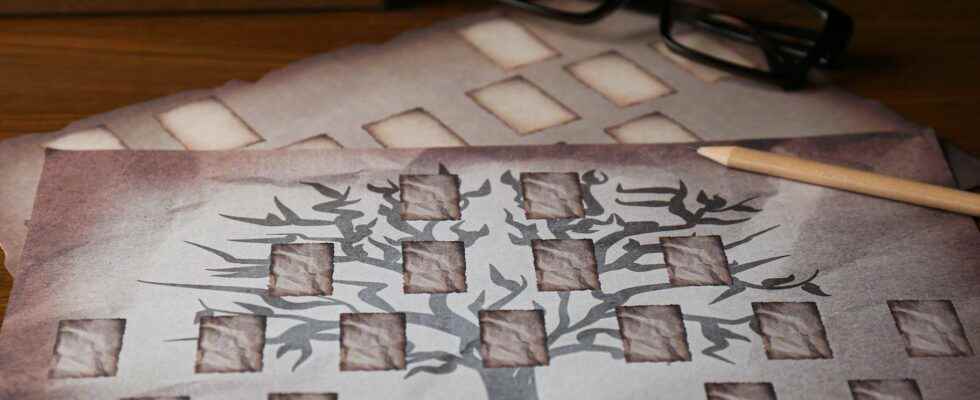From Paris to Tokyo via New York and Moscow. And even… by Kiev. We are all part of the same big family. That of human beings. This is what researchers are showing us today. Thanks to a rather special family tree. A map that traces how we relate to each other.
Population censuses, notarial or fiscal archives, even legal ones. Or just family photos. It is generally on the basis of this type of document that enthusiasts begin to build their family tree. From Oxford University researchers (United Kingdom), they turned to another source of information. To understand how people around the world are linked together and build a huge tree genealogy, the genealogical tree of mankind, they rely on theDNA.
It is true that in recent years, significant progress has been made in the field of human genetic research. Scientists now have data genomics for hundreds of thousands of people. Among which, even, prehistoric individuals. But difficult to combine sequences that come from data base different. It is also difficult to develop the algorithm that will make it possible to classify them.
Yet researchers at the University of Oxford have succeeded. Their work incorporates genomes modern or ancient humans — from 1,000 to 100,000 years old — from eight different bases. Over 3,600 individual genomic sequences from 215 populations. From which specially designed algorithms traced the common ancestors to explain patterns of variation genetic. Result: a family tree comprising nearly 27 million of our ancestors.
A genealogical map still to be completed
To arrive at this incredible result, the researchers remembered that individual genomic regions are only inherited from a single parent, either the mother or the father. Thus the ancestry of each point of the genome can be considered as a tree. The set of trees — known as “tree sequence” or of “ancestral recombination graph” — links genetic regions through time to the ancestors from which the genetic variation first emerged.
The researchers then added location data to their genome samples. They were even able to predict where the common ancestors identified by their algorithms had lived. Producing an incredible genealogical map that shows key events in the history of human evolution. Including migration out of Africa.
What the researchers hope to do now is manage to integrate even more genetic data into this map. They believe that their family tree could still be enriched by millions of additional genomes. With, in addition, sequences that will necessarily gain in quality over time, the genealogical tree of humanity will become more and more precise. What dreams of producing one day a map to explain the descent of all the human genetic variations that we observe today. Weight support, we understand, for genetic medicine, for example. But work that could also be extended to other living beings, orangutans, our closest cousinsto bacteria…
Interested in what you just read?
